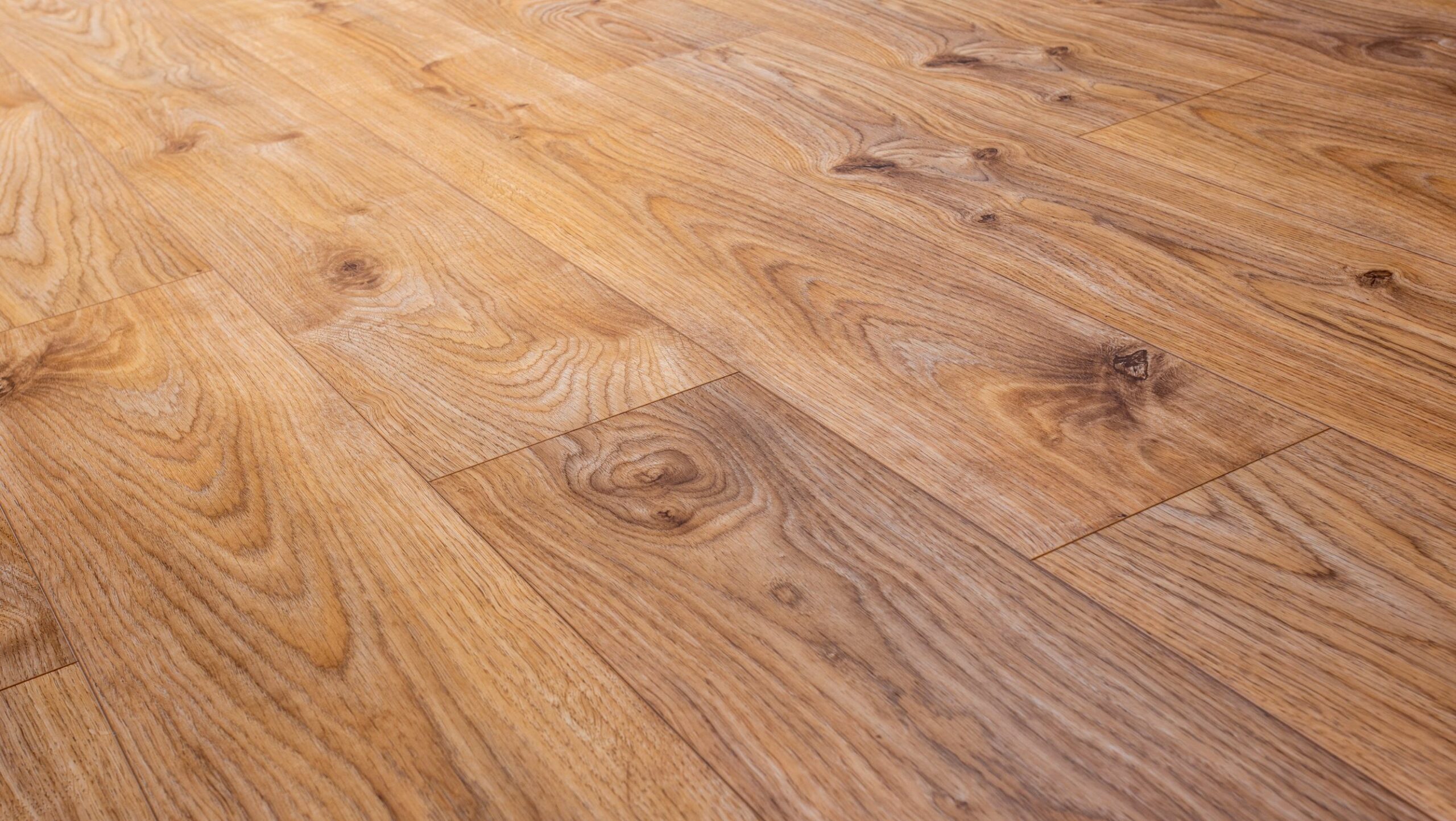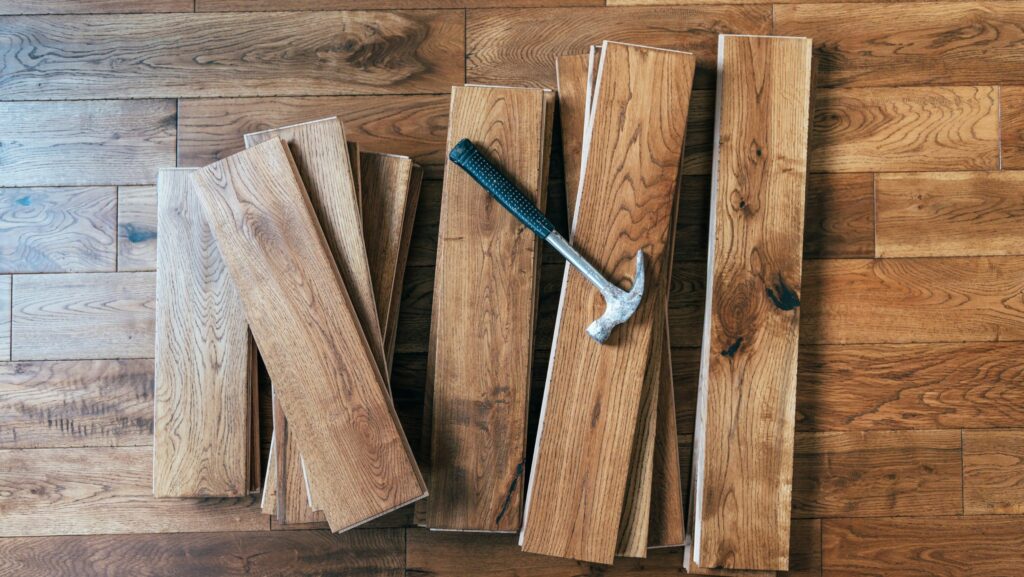Step into a space filled with natural wood, and you immediately sense it — the warmth, the texture, the quiet confidence that comes from timeless design. For centuries, wood has been a cornerstone of interior style, moving seamlessly from rustic farmhouses to sleek urban lofts. Today, designers still reach for it, not out of habit, but because it delivers a unique combination of character, durability, and versatility that few materials can match. Whether in cabinetry, wall panelling, or the understated luxury of french oak floors, natural wood continues to set the tone for beautiful and functional interiors.
Part of wood’s enduring appeal lies in its ability to bridge trends. While colours and finishes may shift with the seasons, the core beauty of wood remains constant. It offers a tactile connection to nature that synthetic materials can’t replicate. Each grain pattern is a fingerprint of the tree it came from, making every plank, beam, or panel one of a kind. Designers value this individuality, knowing it can turn even the simplest room into a space with personality.
Wood also has the rare ability to feel both contemporary and traditional at once. Pair it with metal and glass for a clean, modern look, or combine it with stone and linen for something more grounded and classic. In either setting, it adapts — and that adaptability makes it a safe yet inspired choice for almost any project.

The Sensory Impact of Wood
Design isn’t just about what we see — it’s about what we feel. Natural wood adds depth and texture, making spaces more inviting. It softens the hard edges of modern architecture and adds visual warmth to minimalist designs. Even in small touches — a floating shelf, a statement coffee table, a feature wall — wood can shift the atmosphere of a room from cold to comforting.
There’s also a psychological effect at play. Studies suggest that incorporating natural materials like wood into interiors can reduce stress and create a sense of calm. This makes it a favourite for bedrooms, offices, and living areas where relaxation and focus are priorities.
Built to Last
While style is important, longevity is a big part of why designers trust wood. High-quality timber, when properly cared for, can last for decades — sometimes centuries. Its ability to age gracefully is a bonus: instead of looking worn out, well-used wood develops a patina that adds richness and depth.
This durability also means wood can be a sustainable choice. When sourced responsibly or reclaimed from older structures, it reduces the need for new manufacturing and preserves valuable resources. Designers committed to eco-friendly practices often choose reclaimed or FSC-certified wood to balance aesthetics with environmental responsibility.
Endless Design Possibilities
Natural wood works in countless ways, from architectural features to decorative accents. Popular uses include:
- Flooring: From light ash to deep walnut, wood flooring anchors a space with natural beauty.
- Cabinetry: Warm, grain-rich cupboards can transform a kitchen from utilitarian to showpiece.
- Ceilings and Walls: Cladding or beams add architectural interest and texture.
- Furniture: Tables, chairs, and shelving that showcase the wood’s character can serve as focal points.
Designers also experiment with finishes to create different effects — clear coats for a natural look, stains to alter colour, or matte finishes for a modern, understated feel.
A Timeless Investment
Unlike many trendy materials, wood rarely falls out of favour. Even when specific styles shift, natural wood elements can be refinished, repurposed, or simply allowed to age into something even more beautiful. This makes it a smart investment for homeowners looking for materials that will stand the test of time.
For designers, that means fewer worries about a space feeling dated in a few years. Instead, the wood becomes a stable foundation they can build around, updating paint colours, fabrics, and décor without having to replace core features.
Bringing Wood Into Your Space
If you’re considering adding more natural wood to your home, start small and work up. A single statement piece can help you decide how much wood works in your space and what tone or finish feels right. From there, you can expand — perhaps adding flooring, wall cladding, or built-in shelving.
It’s also worth consulting with a designer or supplier who understands wood’s unique properties. They can guide you in choosing species, finishes, and installation methods that fit your style, budget, and maintenance preferences.
The Enduring Draw of Nature Indoors
Natural wood is more than just a design choice — it’s a connection to nature, history, and craftsmanship. Its presence can instantly make a space feel more lived-in, authentic, and harmonious. That’s why, even as new materials and technologies emerge, designers keep coming back to it.
Whether you’re refreshing a single room or embarking on a full renovation, incorporating natural wood is a choice you’re unlikely to regret. Its blend of beauty, strength, and versatility ensures it will remain a staple of great design for generations to come.

